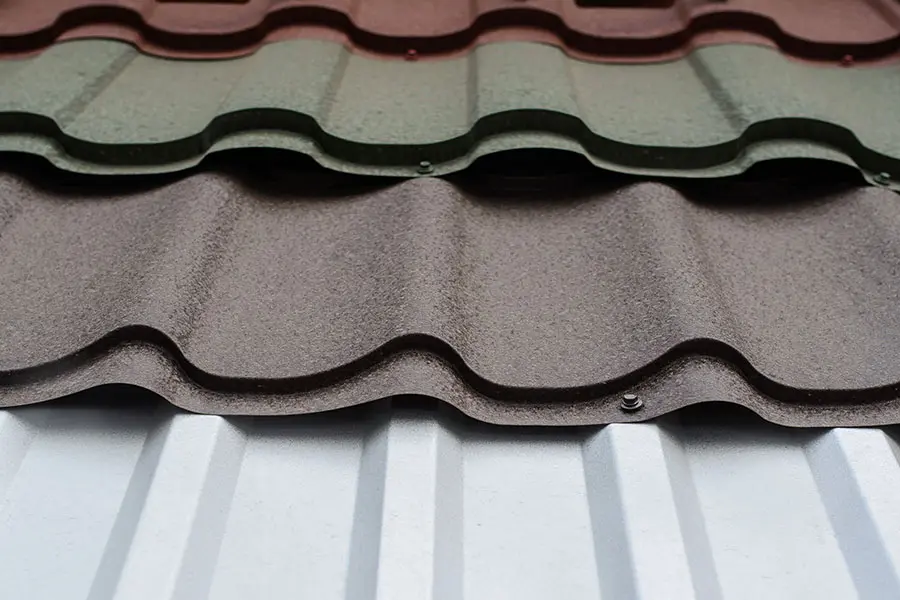Vital Questions to Ask Gainesville Roofing Companies Prior To Working With
Vital Questions to Ask Gainesville Roofing Companies Prior To Working With
Blog Article
Ideal Practices for Ensuring Correct Roof Ventilation
A balanced consumption and exhaust air vent ratio, frequently 1:300, plays an essential function, with consumption vents preferably put at the lower side of the roofing system for great air entry and exhaust vents at the peak for warm air leave. Maintaining insulation away from vents is essential to avoid air movement restriction.
Understand Ventilation Basics
Properly understanding ventilation fundamentals is crucial for guaranteeing the longevity and effectiveness of roof systems. Effective ventilation reduces moisture build-up and temperature extremes in the attic room, both of which can bring about considerable architectural damage over time. A well-ventilated roofing system assists in stopping usual concerns such as mold development, wood rot, and ice dams, which can compromise the honesty of the roofing materials and the underlying frameworks.
The main goal of ventilation is to promote the movement of air, enabling a constant exchange in between the outside and indoor environments. This balance is accomplished via a combination of intake and exhaust vents that collaborate to maintain ideal airflow. Consumption vents, generally located along the eaves or soffits, allow fresh air to go into the attic room room, while exhaust vents, usually located at or near the roof ridge, allow hot, humid air to run away.
Secret variables affecting the effectiveness of roof air flow consist of proper placement, sufficient sizing, and ensuring that both consumption and exhaust vents are unhampered. Normal assessment and maintenance are vital to determine prospective blockages, damage, or inadequacies in the air flow system, thereby safeguarding the roofing's performance and durability.
Sorts Of Roofing System Vents
Roofing vents play a critical duty in maintaining effective attic ventilation and, by expansion, the general health of the roof system. Various kinds of roofing system vents are available, each with special advantages customized to details roof covering demands.

Soffit vents are installed under the eaves and operate in tandem with roofing system vents to make sure a well balanced intake and exhaust system. By permitting cooler air to enter from below, soffit vents facilitate the expulsion of hot air via top vents. Gable vents, situated on the outside walls of the attic room, offer one more reliable solution, especially in homes with gable roofs.
Analyze Your Present Ventilation

Following, consider the age and problem of your roof products and air flow components. Older systems might not abide by current structure codes or may have deteriorated gradually, decreasing their performance. Conduct a detailed assessment to identify any kind of signs of damage, such as corrosion, damages, or voids that could jeopardize the system's performance.
Additionally, determine the attic room temperature and moisture levels. High temperatures and moisture can indicate insufficient air flow - gainesville roofing companies. Make use of a hygrometer and thermometer to get accurate readings, comparing them with exterior conditions. Relentless inconsistencies recommend prospective issues that require dealing with.
Setup Best Practices
Reliable installation of roofing ventilation systems is extremely important for making sure optimum performance and longevity. Correct installation begins with recognizing the certain air flow demands of the roof and the structure it covers. This involves determining the proper proportion of intake to wear down vents, usually adhering to the 1:300 rule, which specifies one square foot of ventilation for each 300 square feet of attic room floor space.

Consumption vents must be mounted at the roof covering's reduced side, commonly in the soffits, to allow cool air to go into. Exhaust vents, on the various other hand, should be mounted near or at the roof's height to help with the exit of cozy, wet air.
Seal all air vent links thoroughly to avoid air leaks and potential water seepage. Use high-grade materials and comply with supplier guidelines to ensure longevity and effectiveness. Additionally, incorporating ridge vents with baffles can significantly boost air movement efficiency read this by avoiding wind-driven rainfall and snow from getting in the attic room.
Ultimately, specific installment of roof covering air flow systems mitigates possible problems such as mold growth, ice dams, and architectural damage, guaranteeing the roofing's integrity and the structure's overall health.
Routine Upkeep Tips
Uniformity in maintenance practices is basic to making certain the long-lasting efficiency of roof covering air flow systems. Throughout these evaluations, ensure that vents are complimentary of debris, nests, and various other obstructions that could hinder airflow.
Utilize a soft brush or a vacuum cleaner to eliminate dirt and particles from intake and exhaust vents. Be careful not to harm the vent displays or louvers throughout the process.
Appropriate insulation is just as essential. Guarantee that attic room insulation does not obstruct the vents, as this can significantly restrict airflow. Rearrange or change it to preserve an effective obstacle. if any insulation has additional info actually shifted or cleared up.
Last but not least, change any harmed or missing elements without delay. Broken vents, fractured shingles, or scrubby flashing can all add to inadequate ventilation and ought to be dealt with right away. Normal upkeep makes sure that the roof air flow system functions optimally, consequently extending the lifespan of the roofing system itself.
Final Thought
Making certain appropriate roofing ventilation is vital for keeping the effectiveness and longevity of a roof system. Adherence to the 1:300 consumption and exhaust vent proportion, coupled with the critical placement of vents, is crucial.
A well balanced intake and exhaust vent proportion, commonly 1:300, plays an essential duty, with intake vents preferably placed at the lower side of the roofing for trendy air entry and exhaust vents at the optimal for Click This Link warm air leave. Consumption vents, commonly situated along the eaves or soffits, enable fresh air to go into the attic space, while exhaust vents, usually positioned at or near the roofing system ridge, make it possible for warm, damp air to run away.
Soffit vents are installed under the eaves and work in tandem with roof vents to guarantee a well balanced intake and exhaust system. By permitting cooler air to go into from below, soffit vents facilitate the expulsion of hot air via top vents. Adherence to the 1:300 intake and exhaust vent ratio, combined with the tactical placement of vents, is essential.
Report this page